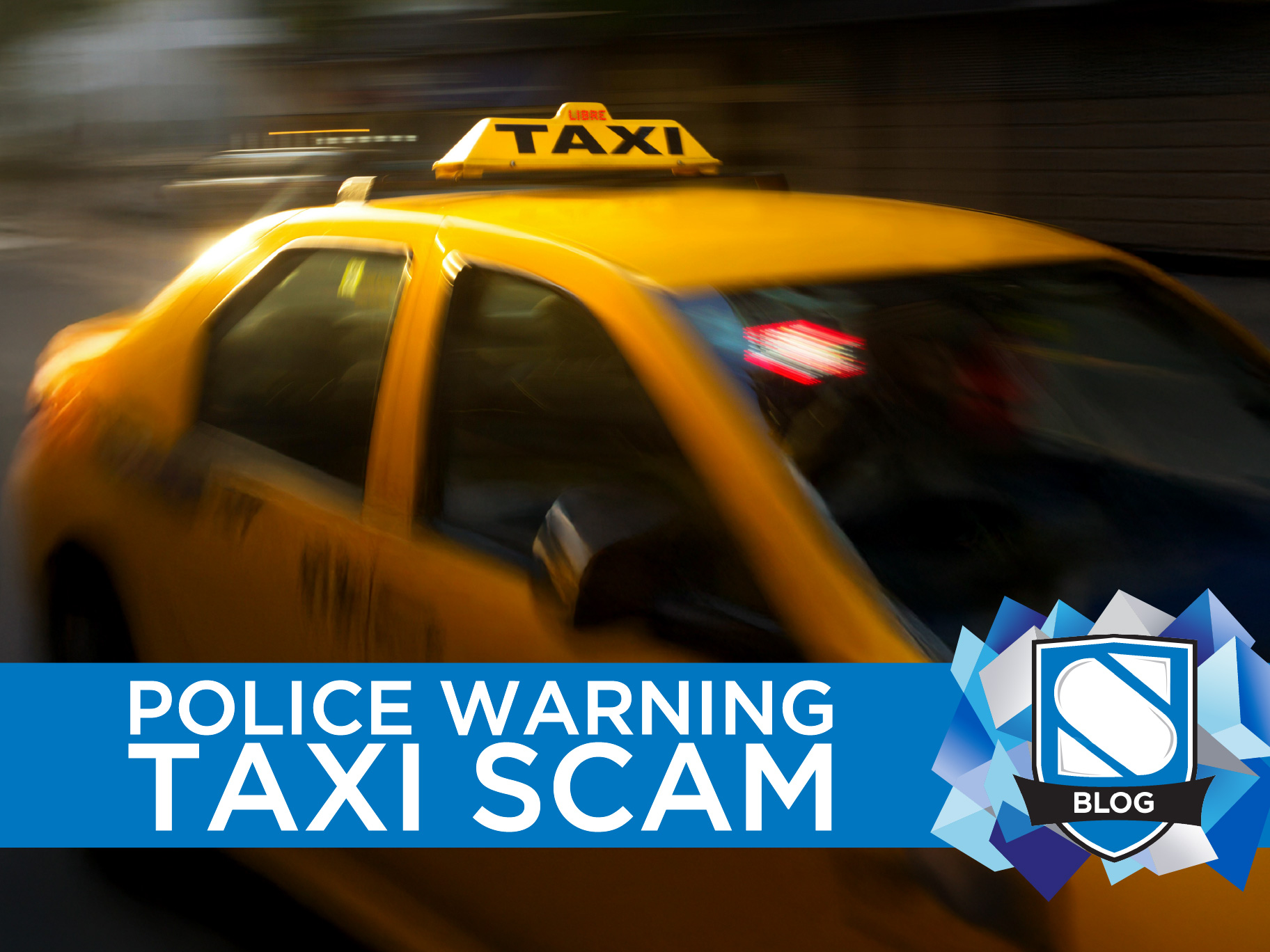As of October 17, 2018, the possession and use of Cannabis has been legalized in Canada. But legalization hasn’t come without a few strings. Similar to alcohol and prescription medicines, the usage of cannabis is still regulated and failure to follow the rules can result in fines and even criminal charges.
Here is what you need to know to stay on the right side of Ontario’s new cannabis laws!
Who can smoke and where
Just like alcohol, cannabis is prohibited for minors under the age of 19. Only adults are allowed to possess and consume cannabis.
You can expect this regulation to be heavily enforced as the wording surrounding it in the Cannabis Act is very severe. This is a blanket prohibition, excluding even supervised home use with a parent’s permission. While some parents may allow a young teen a sip of beer to satisfy their curiosity or a glass of wine during special dinners, that sort of rule bending can get you in real trouble when it comes to weed. Under the Cannabis Act, there are significant penalties for distributing cannabis to a minor that include punishments far harsher than those about alcohol – potentially up to a 14-year prison penalty. So, keep your pot out of your children and teen’s reach!
As for where you are permitted to smoke, it follows common sense rules similar to smoking tobacco and drinking alcohol. Smoking cannabis is allowed in private residences and designated guest rooms in hotels and such where smoking is specifically allowed. Surprisingly, outdoor public places such as sidewalks and parks are fine as well (with a few provisions we’ll discuss in a moment).
Where you should avoid smoking includes businesses, enclosed public places, and hospital grounds. You must be at least 9m away from the entrance to a hospital or clinic to smoke cannabis or face steep fines. Schools and places where children gather are even more strict, being completely prohibited on school grounds, playgrounds, and child care facilities (even if no children are around). You must be at least 20m away from any of these areas before you even think about sparking up.
Other outdoor areas where smoking is prohibited include the grounds of government owned buildings, reserved seating at sporting events, restaurant patios, and partially enclosed shelters (such as bus stops). Basically, these are generally the same rules for smoking tobacco, but you can expect far greater enforcement of these rules, especially in the early months of legalization.
Smoking and driving
Unsurprisingly, smoking pot and driving does not mix. This is something you do not want to mess around with as cannabis has an adverse effect on your perception, reaction time, and judgement, all qualities you need to be in complete control of to drive safely. While cannabis may be legal now, you’re still putting your life on the line if you decide to smoke and drive.
Aside from your safety and the safety of everyone else on the road, you also don’t want to face any of the penalties of being caught driving under the influence. These include an immediate suspension of your licence, steep fines that escalate with repeated offences, vehicle impoundment, and even jail time. Officers are checking for cannabis usage with oral screening devices on road stops, so don’t think you can just “act cool” and get out of it if you get pulled over. These penalties haven’t been changed with the new legalization regulation, but you can count on them being aggressively enforced.
As one final note on smoking and driving, being charged with driving under the influence CAN void your insurance policy. If you smoke up and get in an accident, you could be seriously damaging your livelihood, the stability of your family, and your future. Think about that before getting behind the wheel.
How much you can possess
The amount of cannabis you can have on your person or in your home is fairly generous. While some think that it’s silly to make a substance legal but still put limits on how much you can carry or own (by comparison, the police will never raid your cooler for being too full of beer), it’s almost a moot point given how much cannabis you can legally hold.
For public places, the legal maximum amount of cannabis you can carry is 30 grams. For those of us who don’t have a background in cannabis usage, one joint typically contains about .3 or .4 grams of weed. So while “30 grams” might not sound like much, when you put it in perspective that it is somewhere close to 100 joints worth. Plenty for even the most diehard toker!
In the home you can store as much as you dried cannabis as you like. More interestingly though, you’re also permitted to grow cannabis, up to four plants at a time. Again, to the uninitiated, four plants might seem rather small, but the typical plant growing indoors in soil (probably the least effective way to grow them) can produce 400 grams worth of weed. That’s almost a pound per plant!
Basically, you can travel with and grow more cannabis than you’re ever likely to need.
Safety and cautions
Okay, so cannabis is legal now, easy to acquire, and even easy to grow. But, you still have responsibilities.
First, we’d be remiss if we didn’t mention that cannabis still can have adverse effects on your health. Overuse of the drug can have a negative impact on your cognitive functions, there is the risk of addiction (psychological and physical), and it is a carcinogen. So, it’s legal, but it should be enjoyed responsibly with a mind towards your health and well-being.
You are also responsible for the cannabis in your possession. If you have children, cannabis needs to be kept away from them and secure. Expect this to be more difficult than with alcohol. While anyone is going to notice a missing bottle of whiskey out of the cupboard, or even an absent beer from a six-pack, keeping track of a pinch of cannabis is another story. Parents should ideally keep their cannabis in a locked box or container to control access to it.
Special care must also be taken with edibles. With cannabis legalized, many people are experimenting with the drug, even lifelong non-smokers. For people who dislike the sensation of inhaling smoke, edibles such as the classic “special brownie” are a more comfortable alternative to the bong. However, the problem with edibles are two-fold.
1) They take longer to activate and last longer in your system. Many rookie users make the mistake of eating a brownie, not feeling anything, and then going for another one. They end up in outer space by the end of the night. It takes anywhere from 20-60 minutes before the effects of a pot brownie can be felt. Once they are though, they are felt for a long time! Depending on the amount of cannabis used and how it was prepared, a single pot brownie can result in a very long and deep high that lasts for hours. Great news if you plan on spending the night listening to The Wall on loop. Bad news if you have things to do or places to be later and expected to be sober by then!
2) THEY LOOK LIKE BROWNIES! The problem here should be obvious, without clear markings and labels, anyone else in the home could stumble upon them and think they are a delicious treat. This leads to hilarious mix-ups in stoner comedies, but it’s not so funny when a child is hospitalized for sneaking a treat (or three) out of the fridge. If you live with children, roommates, or just a hungry significant other, be sure to clearly label and separate your edibles so there can be no confusion.
It’s a new world with new rules. But if you use your head, are careful about where you smoke and when, and are mindful of any nearby children, you shouldn’t have any problems experimenting with cannabis safely and within the law.














0 Comments